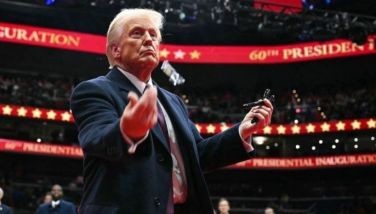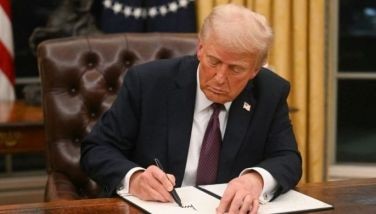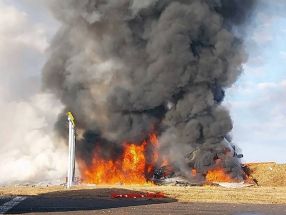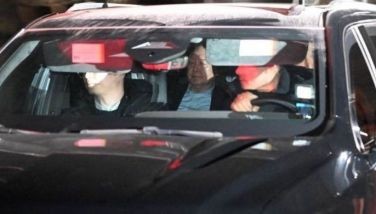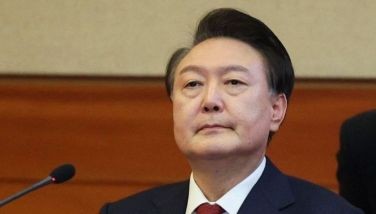'Hyperloop' travel idea gains fans if not backers
LOS ANGELES -- Billionaire entrepreneur Elon Musk urged the public to polish sketch plans he released last week for a "Hyperloop" that would shoot capsules full of people at the speed of sound through elevated tubes connecting Los Angeles and San Francisco.
From tinkerers to engineers, the race is on.
A Utah firm hustled out a model using a 3-D printer. A Pennsylvania company is testing a virtual Hyperloop with sophisticated computer software. People for the Ethical Treatment of Animals wants ad space inside capsules, and in San Francisco, enthusiasts interested in "making Hyperloop a reality" will meet over beers.
Meanwhile, Musk himself has shelved the project and returned to his established future-is-here transportation ventures: luxury electric car maker Tesla Motors Inc. and the rocket-building company SpaceX.
In principle, the Hyperloop is doable.
The concept pulls together several proven technologies: Capsules would float on a thin cushion of air and draw on magnetic attraction and solar power to zoom through a nearly air-free tube. Because there would be so little wind resistance, they could top 700 mph and make the nearly 400-mile trip in about half an hour.
Actual construction would hinge on challenges far more complex than advanced engineering — those involving money and politics.
The $6 billion Musk projected as the cost was a terrific lowball to some. Others suggested his timeframe of a decade to completion was naive — that getting political backing and environmental clearances, much less land to build the tubes on, would be hugely time-consuming.
Conspicuously absent was a commitment that Musk would sink substantial money into the project anytime soon — if ever. On a call with reporters, Musk suggested he might build a "subscale" test version in a few years if the idea was floundering.
One thing Musk was clear about: The public should participate in questioning, modifying and, ultimately, perfecting his proposal.
And in that respect, there has been no lack of enthusiasm.
At the computer simulation software firm ANSYS, engineers are designing and testing a virtual model.
The goal is to get a "quick and dirty" sense of how much wind drag a capsule would encounter, and thus how fast it could go, said Sandeep Sovani, the company's director of Global Automotive Industry.
Sovani said he has long been intrigued by tube travel (an idea that predates the Hyperloop by a century), and wanted to do a model both out of intellectual curiosity and on the chance that Musk does eventually go looking for partners.
"What I want to do," Sovani said, "is live in Florida and work in Michigan and go back home every day."
At 41, he figures it just became a realistic dream.
- Latest
- Trending














